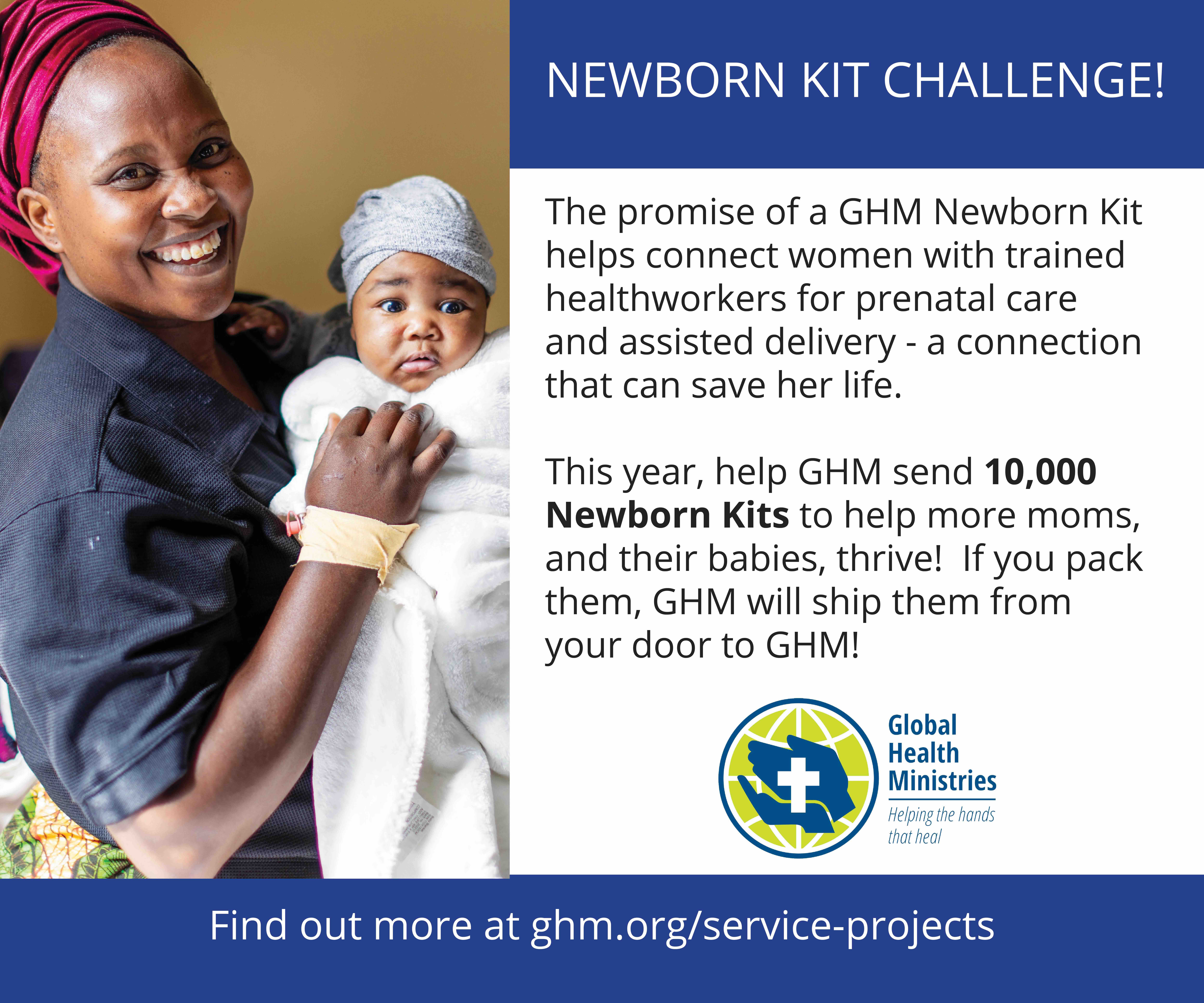by Linda Post Bushkofsky—
Lutheran women might not have originally conceived of the prayer shawl, but we were early adopters. Across the church, for at least two decades, women have been knitting and crocheting prayer shawls, working their prayers into the stitches, often for yet-unknown recipients. Thousands and thousands of children and adults have received prayer shawls, wrapping themselves with the prayers worked into the soft yarn of these shawls. Prayer shawls have been given upon the death of a loved one, a difficult diagnosis, an impending surgery, the loss of a job or any other challenge we face. Shawls have also been gifted upon joyful events, like the birth of a child or a wedding.
Women of the ELCA has worked prayer shawls into in-kind giving at our triennial gatherings. In 2011, more than 2,200 prayer shawls made and donated at our Eighth Triennial Gathering were distributed in Spokane, Washington, and environs. More than 1,500 shawls were donated in 2014 at our Ninth Triennial Gathering, for distribution in Charlotte, N.C., and beyond.
Like many of you, I’ve made prayer shawls over the years. I am often working on two shawls at once: one in crochet and one in knitting. I’m not speedy at either fiber art, but I’m steady. Over the years I’ve picked up various books that chronicle prayer shawl ministries and include many patterns, prayers and blessings. These are “how to” books, not fiction.
It’s no surprise, then, that when I saw a novel featuring a prayer shawl ministry, I had to read it. In The Unlikely Yarn of the Dragon Lady, by Sharon J. Mondragón, the prayer shawl ministry of Hope of Glory Community Church gets booted out of their preferred workspace when the chapel undergoes restoration and painting. The pastor encourages the group to knit in public while the chapel is unavailable. The women reluctantly agree. The pastor—whose bishop has given him a year to turn around the dying congregation—privately hopes the public knitting will lead to outreach and witnessing which might just spur growth in the congregation. You’ll have to read the book to see where knitting in the local mall leads this small band of radical knitters, as they are dubbed by a mall worker. It’s a quick, enjoyable read and even includes a prayer shawl pattern at the end of the book. The Unlikely Yarn of the Dragon Lady was published last year by Kregel Publications (Grand Rapids, Michigan).
Has your prayer shawl ministry led you or your congregation to unexpected outcomes? I wasn’t expecting to be calmed in the way that I am when I work on a shawl. I didn’t know how (and to what extent) the discipline of making a prayer shawl would aid my own personal prayer life. I have been surprised, too, by how the shawls touch recipients, each in a different way.
If your new year’s resolutions involve learning to knit or making time for a comforting activity, consider taking a look at “Knitting as a Spiritual Practice,” a Women of the ELCA resource that is available for free online at welca.org.
This article is excerpted from the January/February 2022 issue of Gather magazine. To read more like it, subscribe to Gather
Linda Post Bushkofsky is executive director of Women of the ELCA.




I ordered and read the book and loved it! The story was just what I needed to get through February. I have been involved in a shawl ministry some years back and it was always great to finish a shawl and know it would help someone. I may have to start making one again! Thanks for sharing the book information.